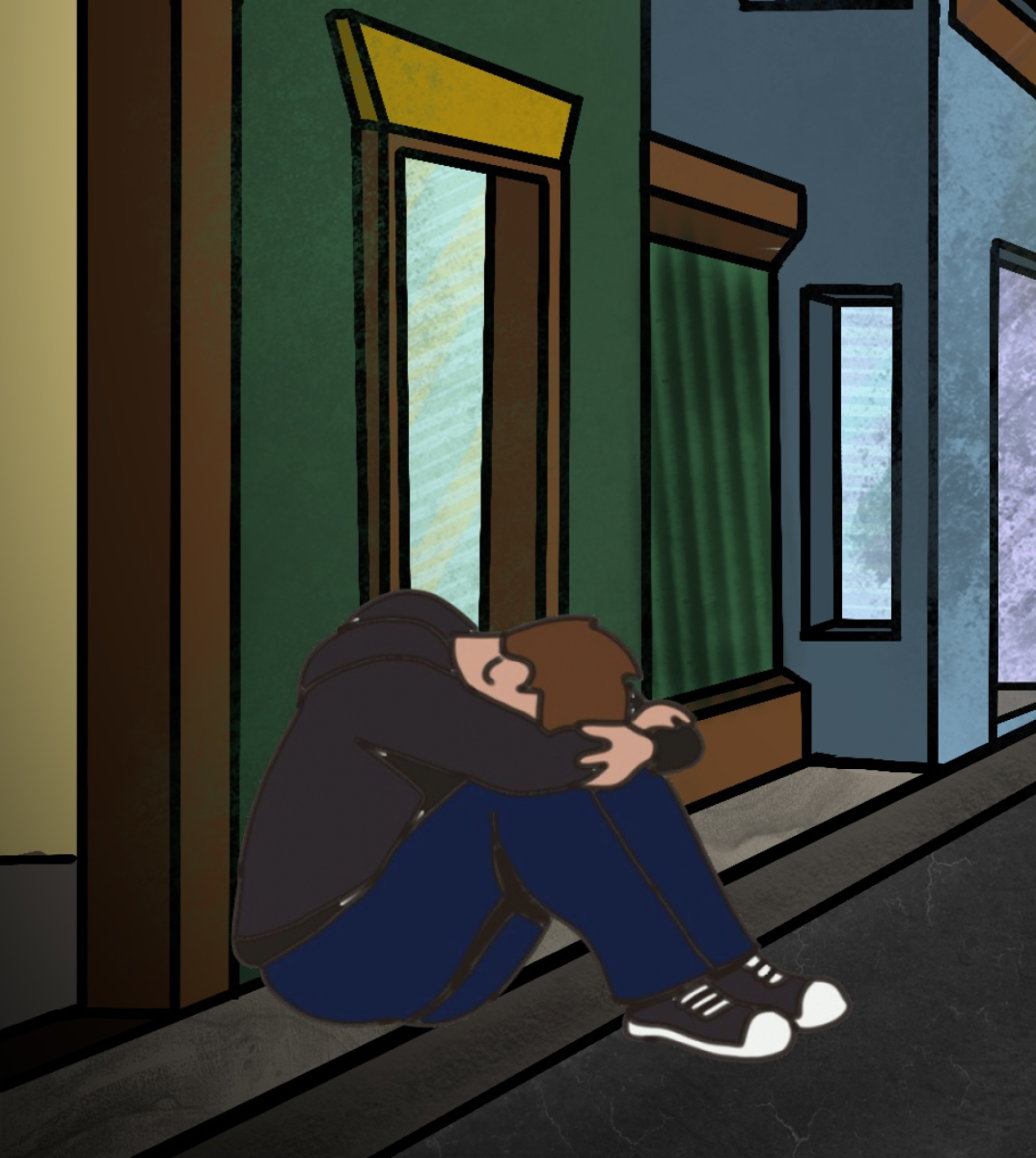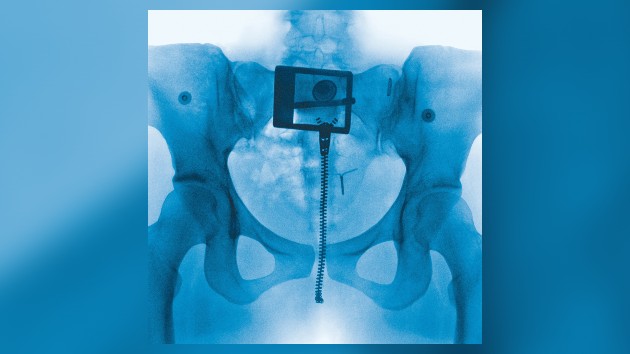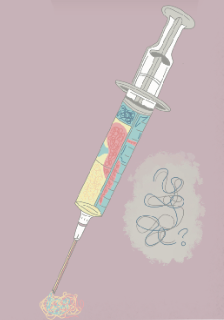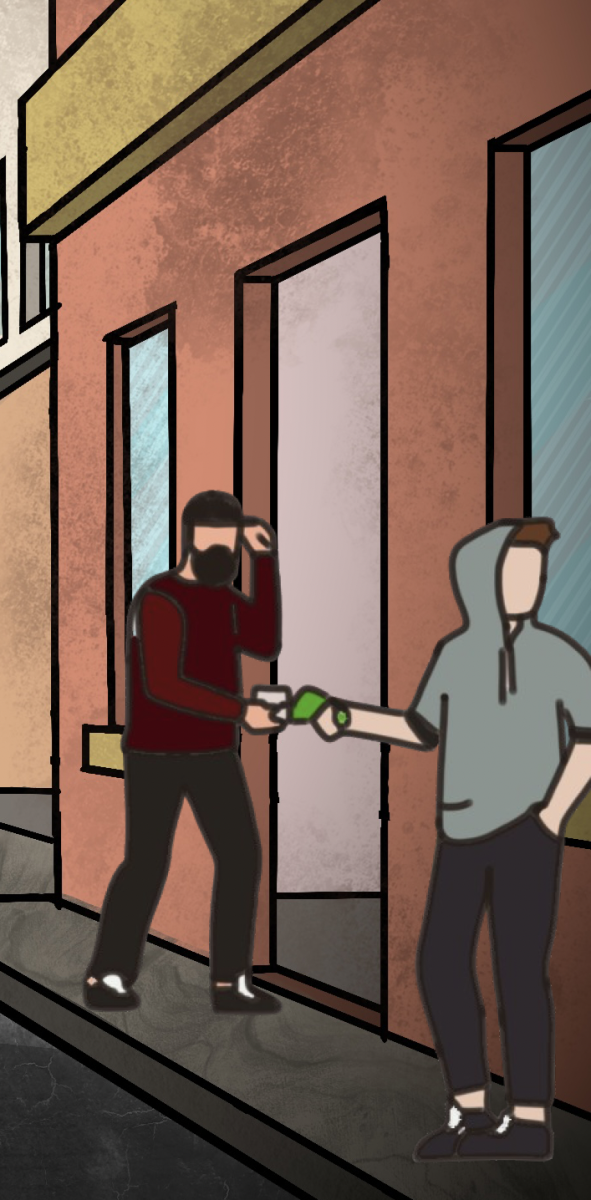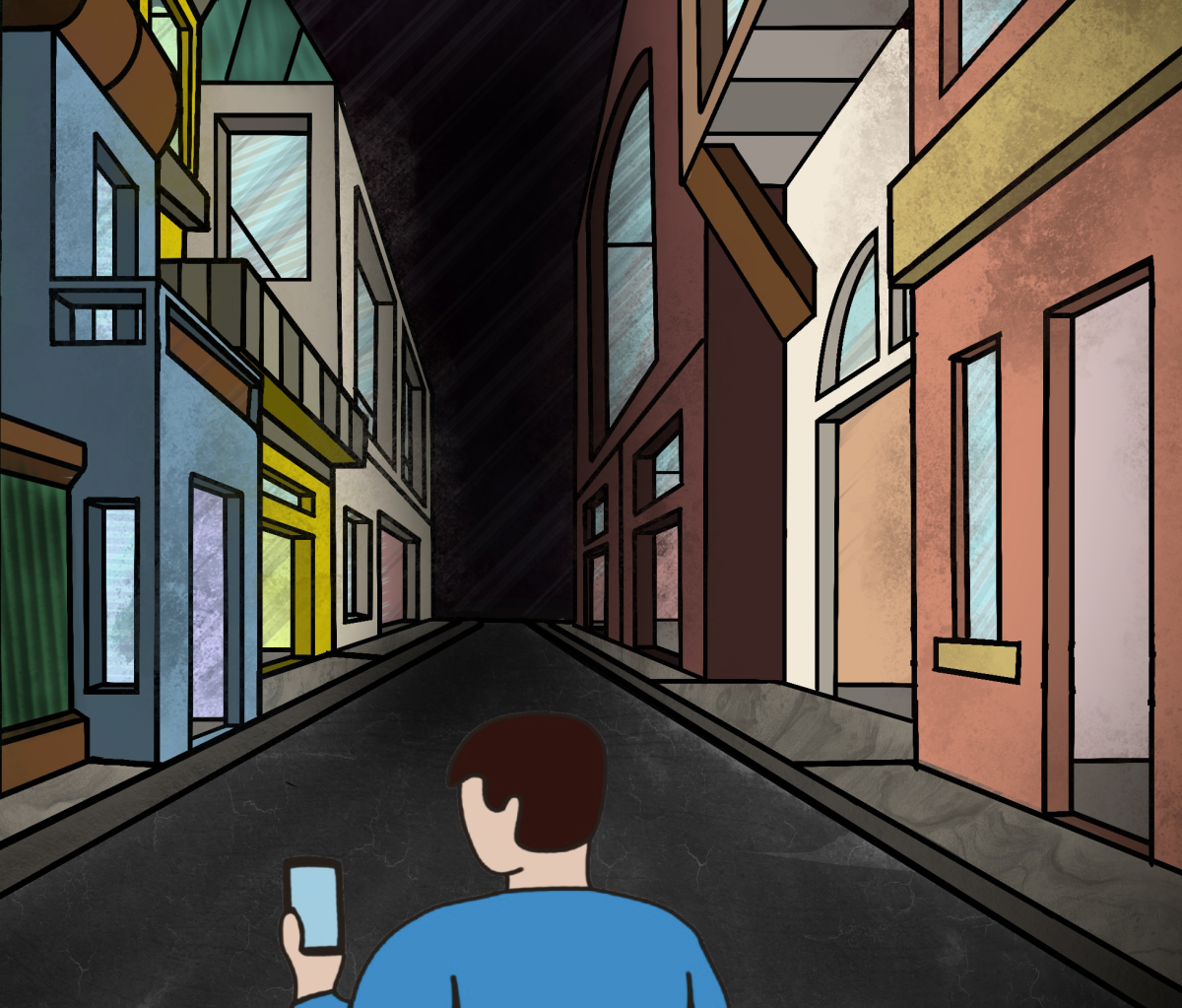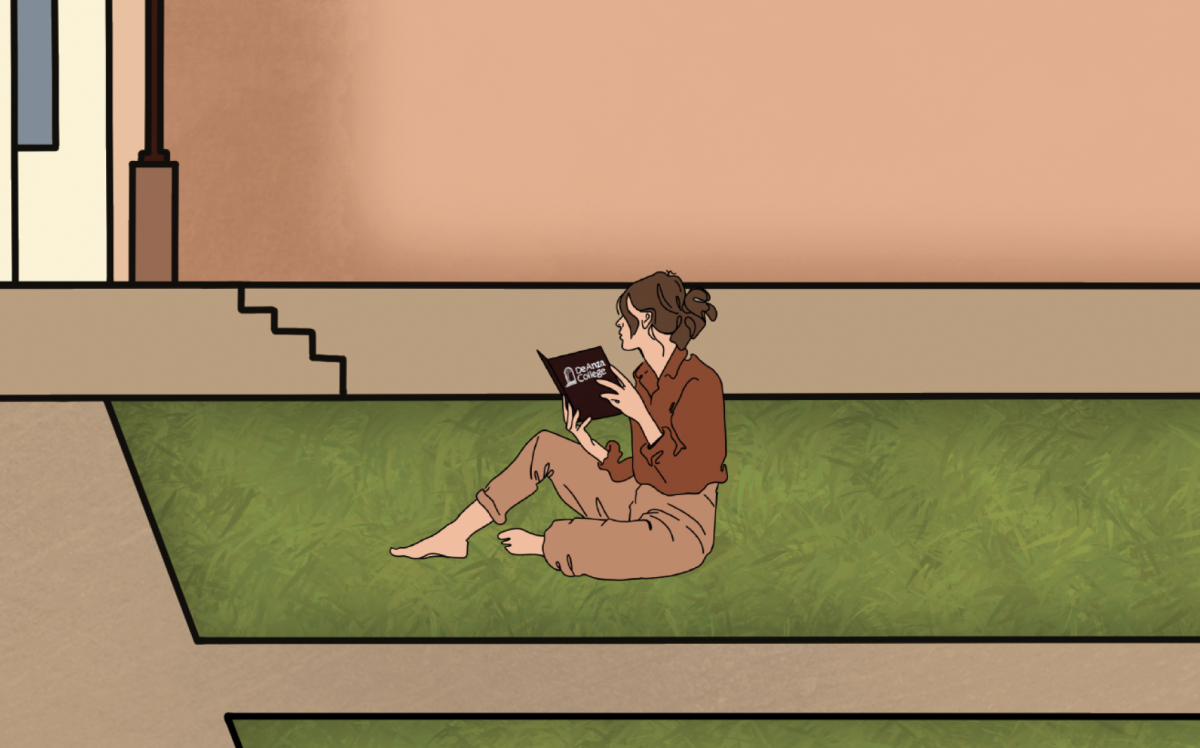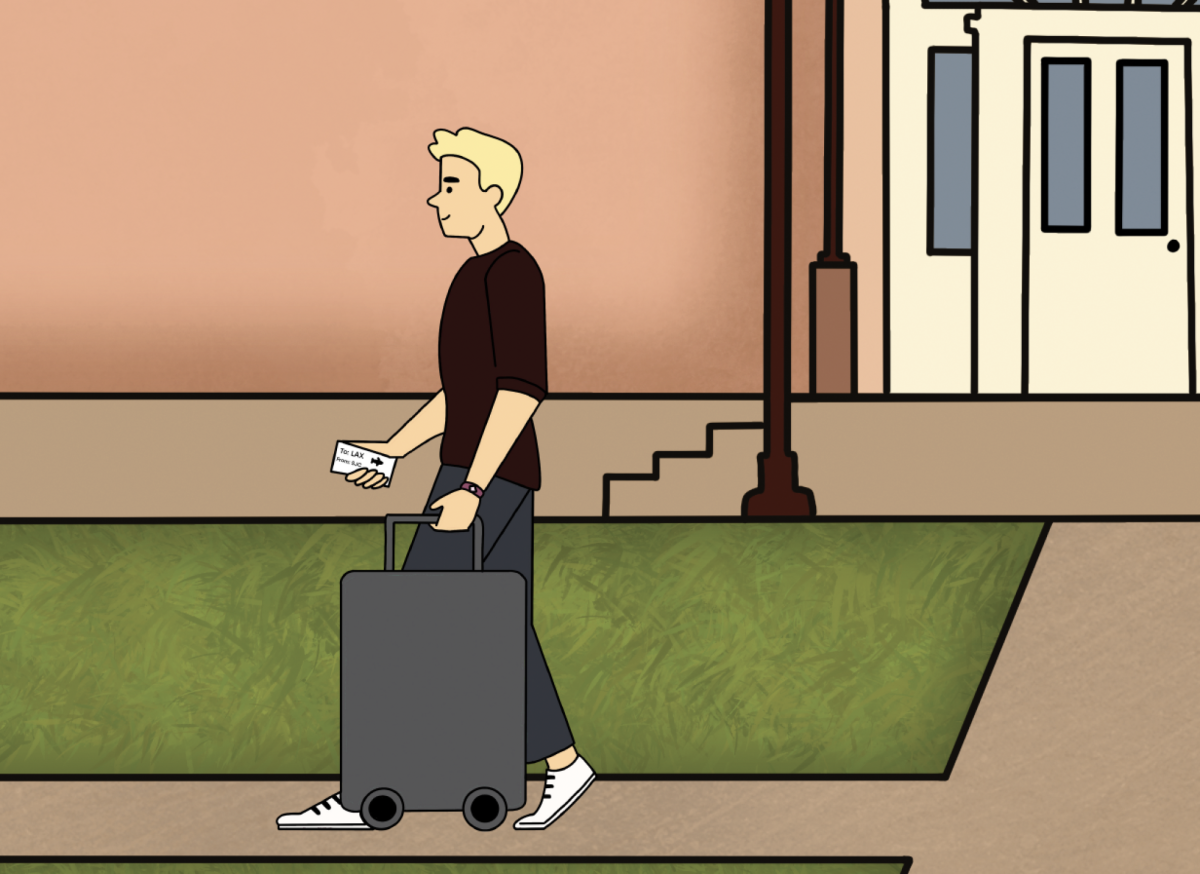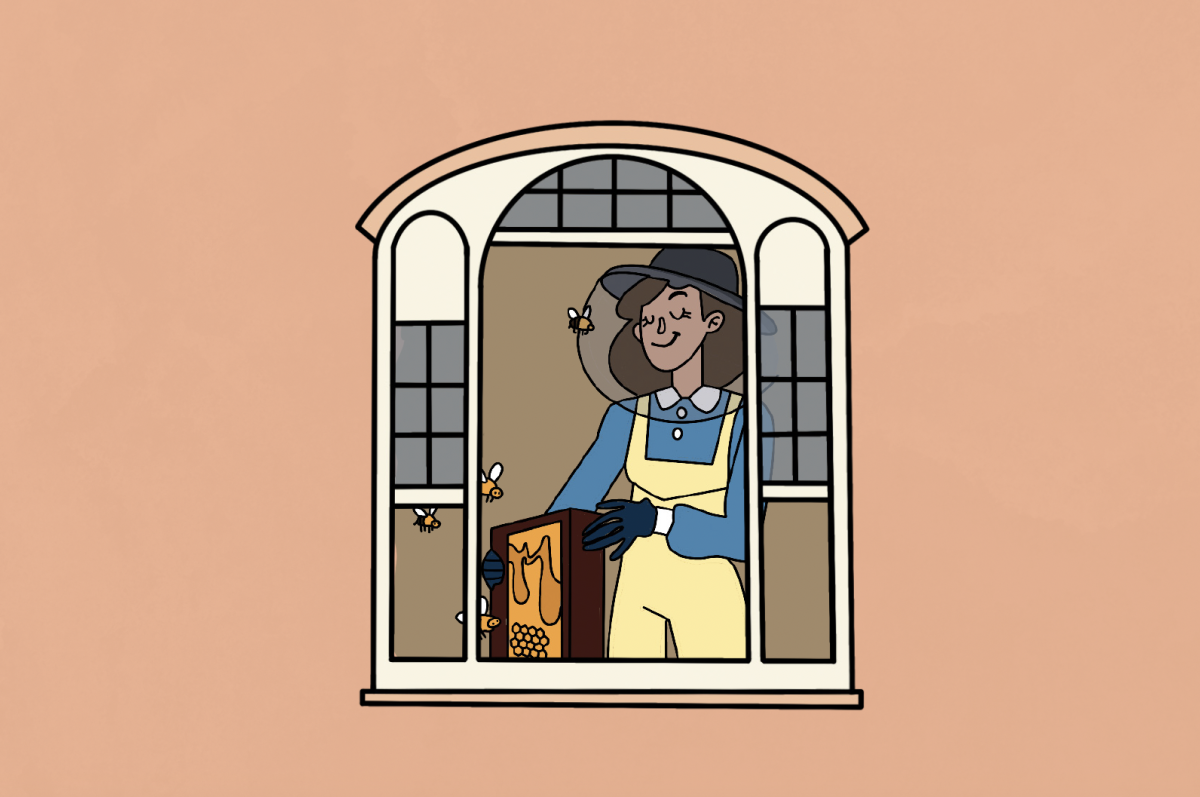Today, addiction is a chronic disease, influencing brain structure and function. It is characterized by an intense urge to use a substance or do something that has a short-term reward, despite almost guaranteed negative consequences, damaging many lives.
The main differences between substance and behavioral addictions is their effects on the body. Substances impair speech, coordination, memory and concentration while under their influence and leave long-lasting traces on many parts of the body. Behavioral addictions do not directly cause any physical changes or health problems.
However, while behavioral addictions leave the body unscathed, the two types of addictions impact the brain’s reward system identically, according to HelpGuide. In order to increase likelihood of repetition of any pleasurable actions, the brain releases the neurotransmitter dopamine. Neurotransmitters are messengers, and dopamine signals the want to repeat pleasurable actions to the brain. Dopamine also triggers the release of other neurotransmitters which directly cause pleasure. Addictions release an abundance of dopamine, overwhelming the brain. To adapt, the brain decreases receptiveness to dopamine — for the same amount of dopamine, less neurotransmitters that cause pleasure are released. One will continue the action in hopes of reaching the original “high” — succeeding, until it can only be reached by possibly fatal methods. The high amount of dopamine is still released, causing the want to repeat those actions even when the pleasure is gone.
The new tolerance applies to other activities which do not match the addiction in dopamine release. This affects different people in various ways, from spending less time doing their hobbies, to ignoring all responsibilities in favor of indulging in their addiction. When the person addicted is a parent, it leaves their child or children responsible for day-to-day activities, as well as for the parent.
When a child or student needs to assume the parental role, this can lead to people-pleasing tendencies and non-confrontational behavior. At first, those mechanisms can protect them from conflict, but eventually, they will lead to unhealthy problem-solving habits. Growing up in an unstable environment results in a learned helplessness. The child begins to believe that any action they take will not change their situation, and begins to accept bad circumstances as they are — because at some point, it was true. Being around addiction, whether intense or moderate, normalizes these behaviors as well as addiction itself according to School Based Therapist Deirdre Louie.
In both cases, the student may be more willing to try the activity, and fall into the same cycle of addiction. The altered attention and behavior would make it harder for the student to do as well as they did in classes before an addiction was developed. Changes in behaviors and priorities could hurt friendships and other relationships. However, this is no longer a black-and-white choice, as the person addicted loses control of their actions.
“Addiction is really complicated, and there’s a lot of judgment around it,” Louie said. “I wish there was more compassion around [addiction], because there are so many factors that go into addiction. I think if there was less judgment [people] would feel more comfortable asking for help. There’s always help available for anyone who wants to change.”


